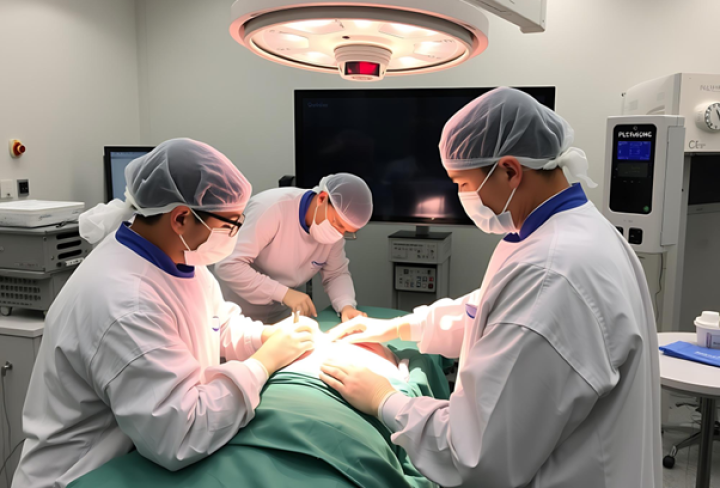Minimal Access Surgery (MAS), also known as laparoscopy, is an advanced surgical technique that has changed the way gynecological procedures are performed. This method offers many advantages over traditional open surgery, making it a favored choice for both patients and doctors.
What is Laparoscopy?
Laparoscopy is a type of surgery that uses a laparoscope—a thin tube with a camera and light on the end. This tool allows doctors to see inside the pelvic and abdominal areas without needing to make large cuts. Instead, they make small incisions, usually around 0.5 to 1.5 cm, in the abdomen. Through these tiny cuts, the laparoscope and other surgical tools are inserted.
Benefits of Laparoscopy in Gynecology
1. Less Pain and Scarring: Because the cuts are much smaller than those in traditional surgery, patients usually feel less pain and have minimal scarring, leading to a quicker recovery.
2. Shorter Hospital Stay: Many laparoscopic surgeries can be done on an outpatient basis, meaning patients can often go home the same day or after just a short hospital stay.
3. Faster Recovery: With less damage to the body, recovery times are much shorter. Many patients can return to their normal activities in just a few days, compared to several weeks for open surgery.
4. Better Visualization: The laparoscope provides clear, high-definition images, allowing surgeons to see organs in detail and perform more accurate procedures.
5. Lower Risk of Complications: Laparoscopy usually has fewer complications, such as infections or blood loss, making it a safer option for many women.
Common Gynecological Procedures
Laparoscopy is often used to diagnose and treat various gynecological issues, including:
· Endometriosis: It can remove endometrial tissue, helping to reduce pain and improve fertility.
· Ovarian Cysts: Surgeons can take out cysts while leaving healthy ovarian tissue intact.
· Fibroids: Laparoscopic surgery can remove fibroids with minimal recovery time.
· Ectopic Pregnancy: This procedure can treat ectopic pregnancies while preserving the fallopian tube when possible.
· Hysterectomy: Laparoscopy can also be used for a minimally invasive hysterectomy.
Who Can Have Laparoscopy?
Most women with gynecological issues can benefit from laparoscopy. However, whether it’s the right choice depends on the patient’s medical history, the condition being treated, and the surgeon’s experience.
Preparing for Laparoscopy
Before surgery, patients will meet with their surgeon for a consultation, which may include physical exams, imaging tests, and blood work. It’s essential to follow any pre-surgery instructions, such as fasting.
Recovery After Laparoscopy
After the procedure, patients may feel mild discomfort or shoulder pain from gas used during surgery, but this typically goes away within a few days. Following the doctor’s instructions on activity and follow-up care is crucial for a smooth recovery.
Minimal Access Surgery, or laparoscopy, has changed gynecological care by providing effective and less invasive treatment options. With benefits like less pain, quicker recovery, and fewer complications, it is becoming a popular choice for many women. If you’re dealing with gynecological issues, talk to your healthcare provider about whether laparoscopy might be right for you.
Contact us today to learn more about laparoscopic options and improve your gynecological health!

